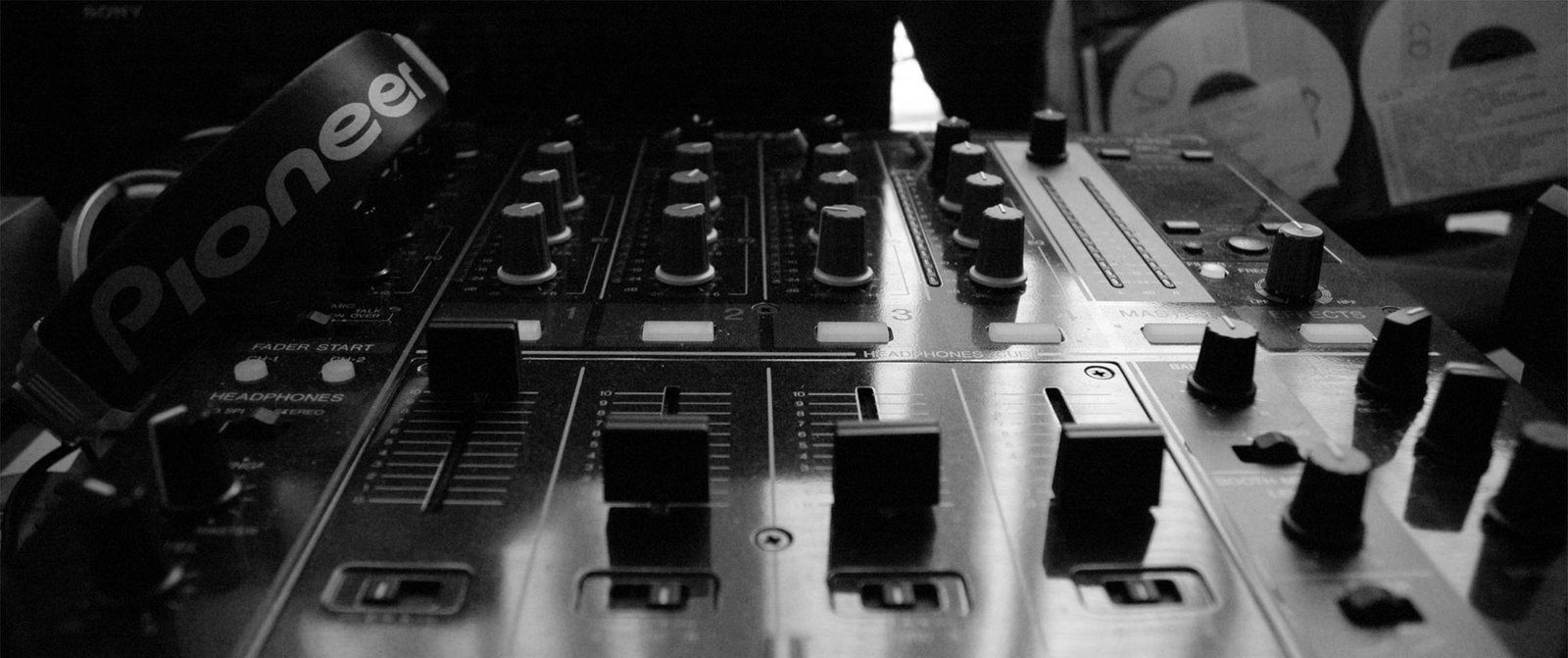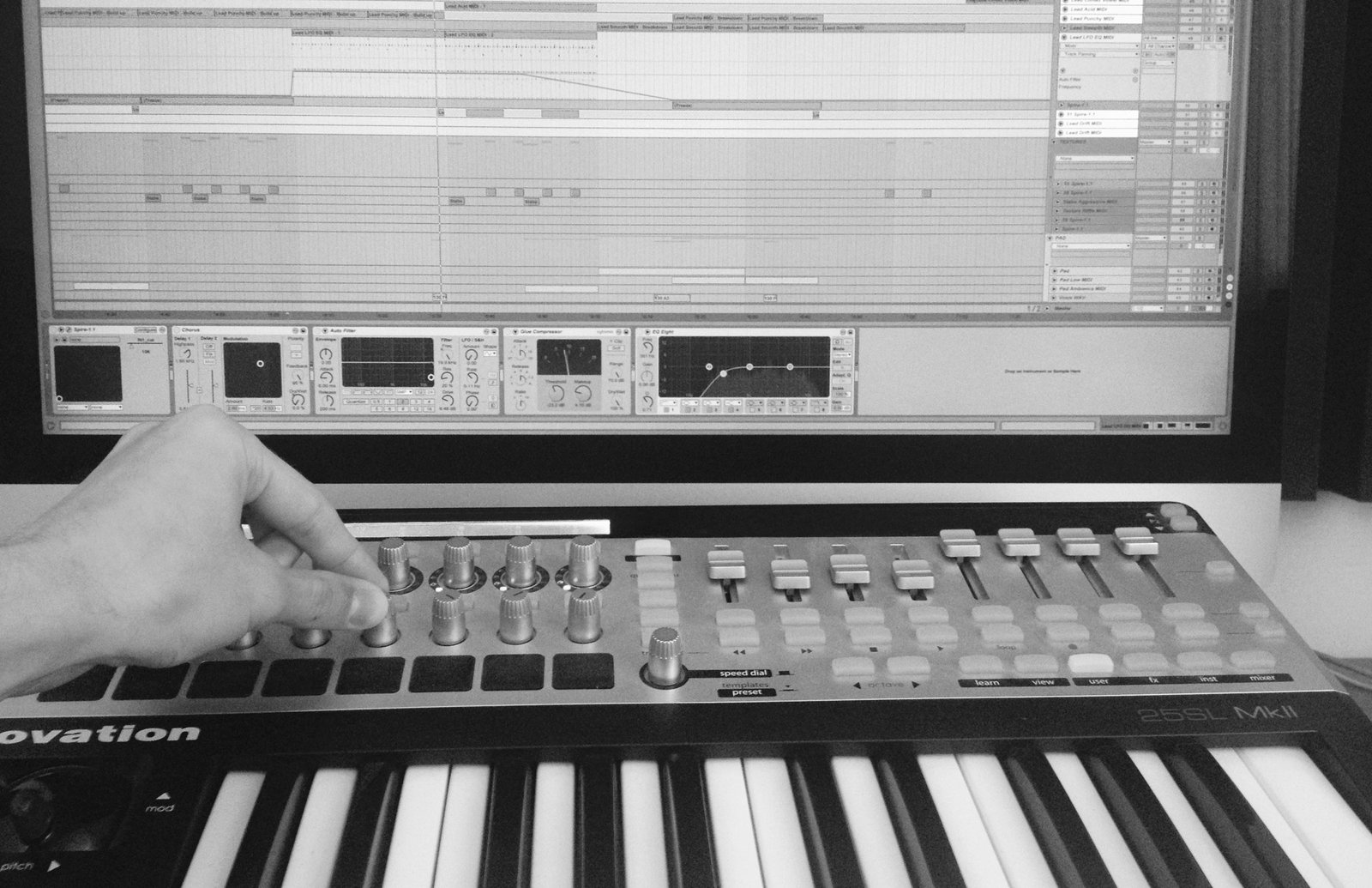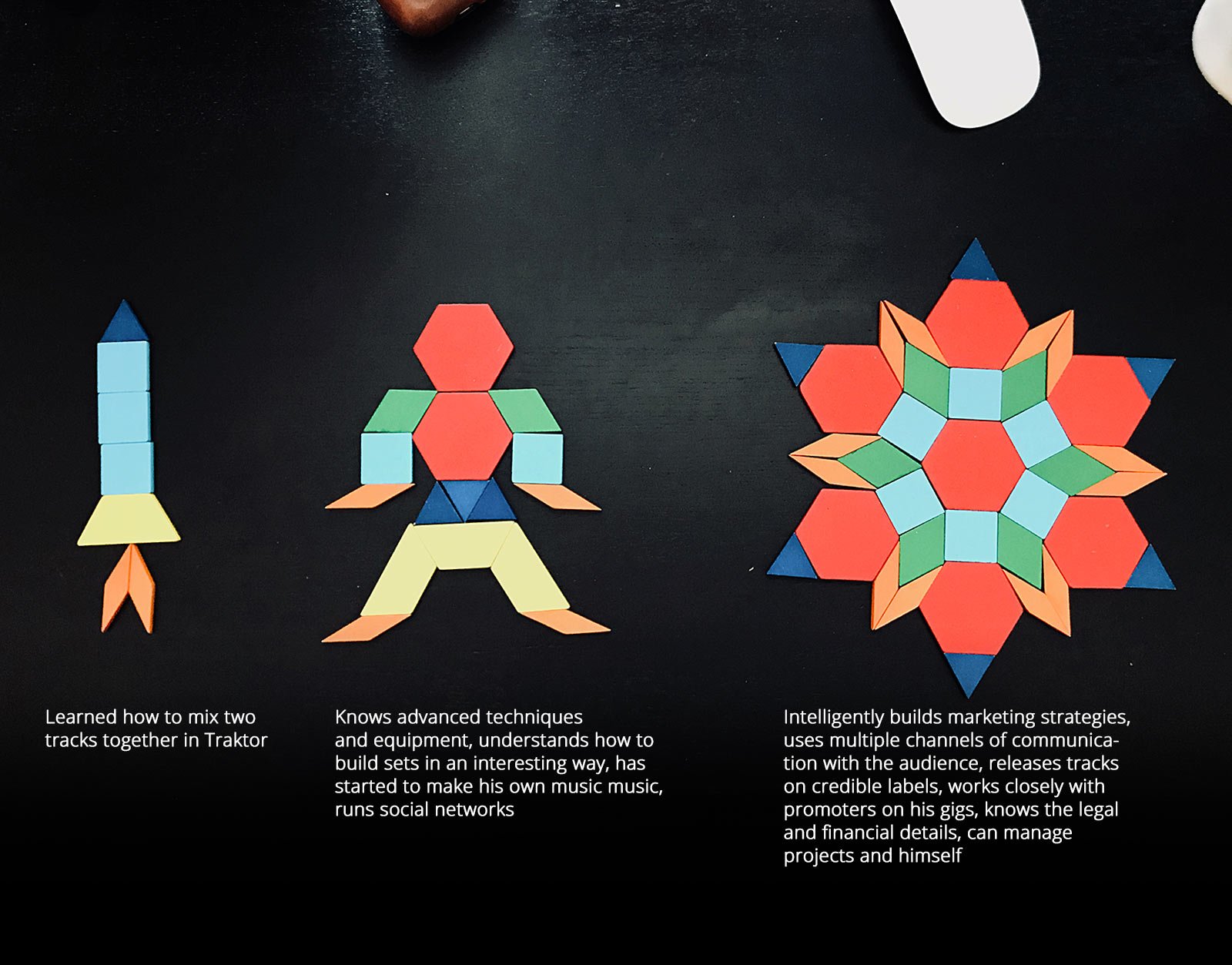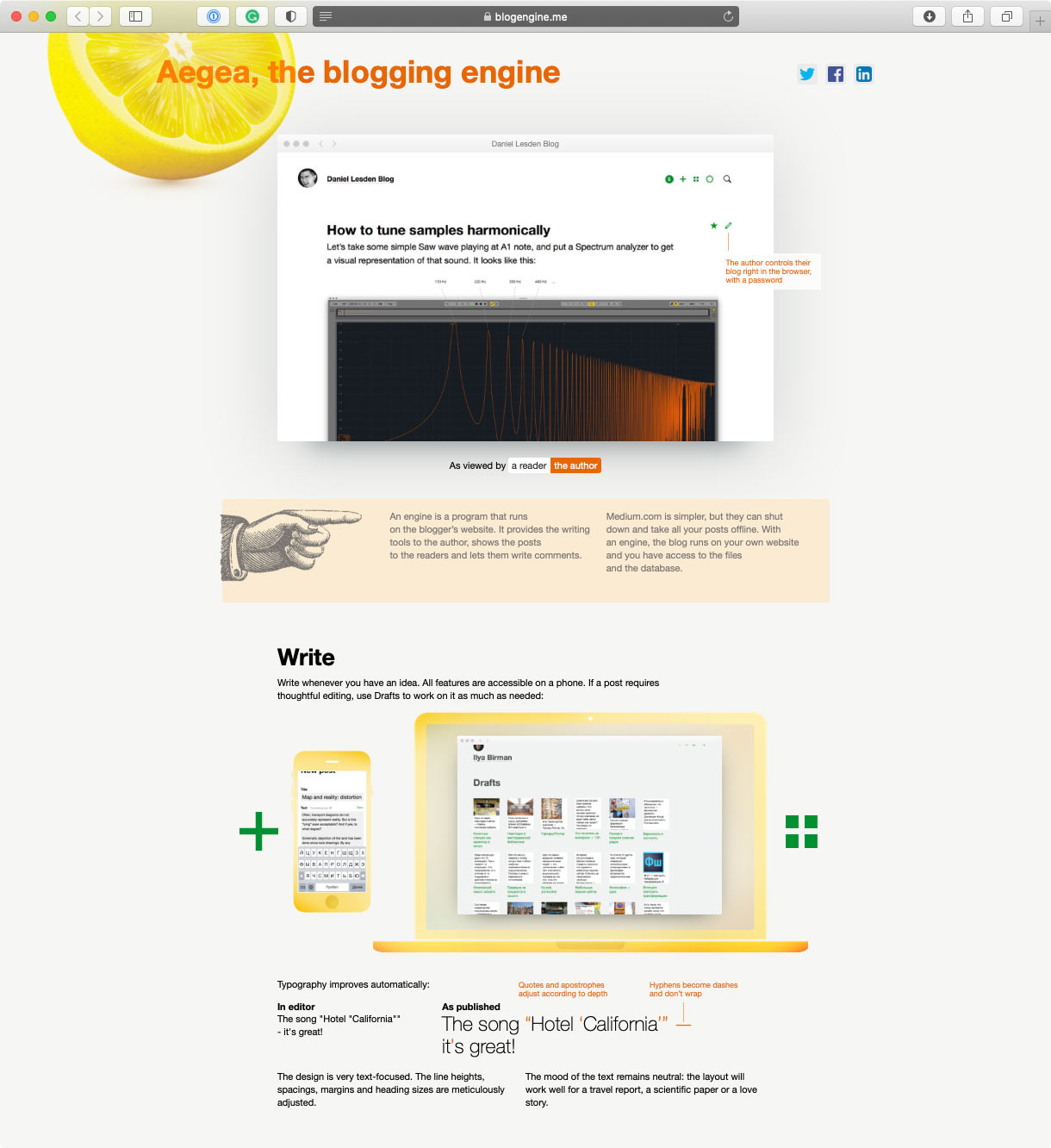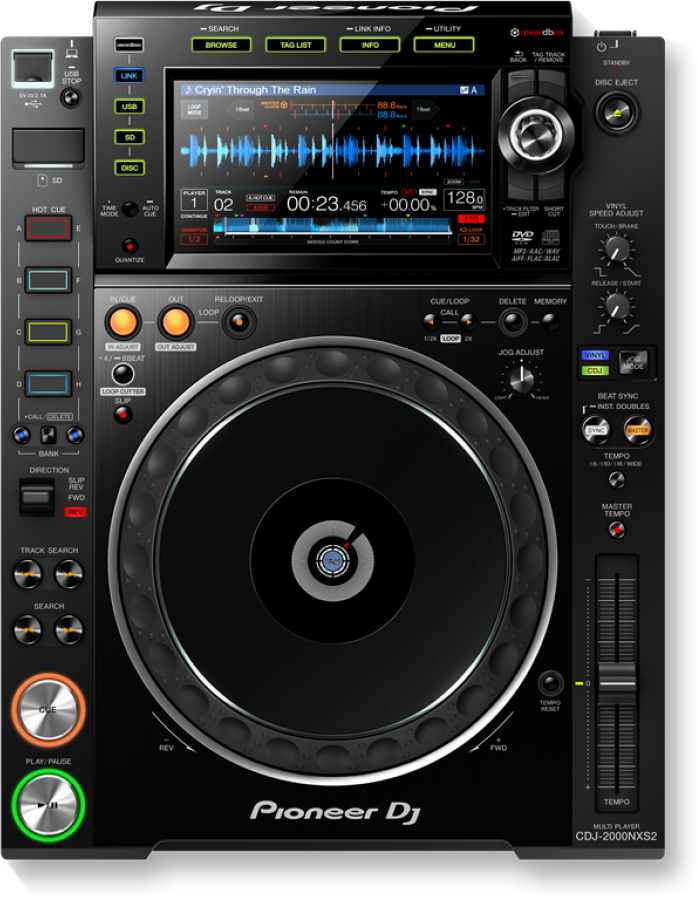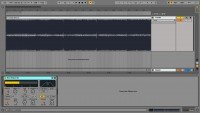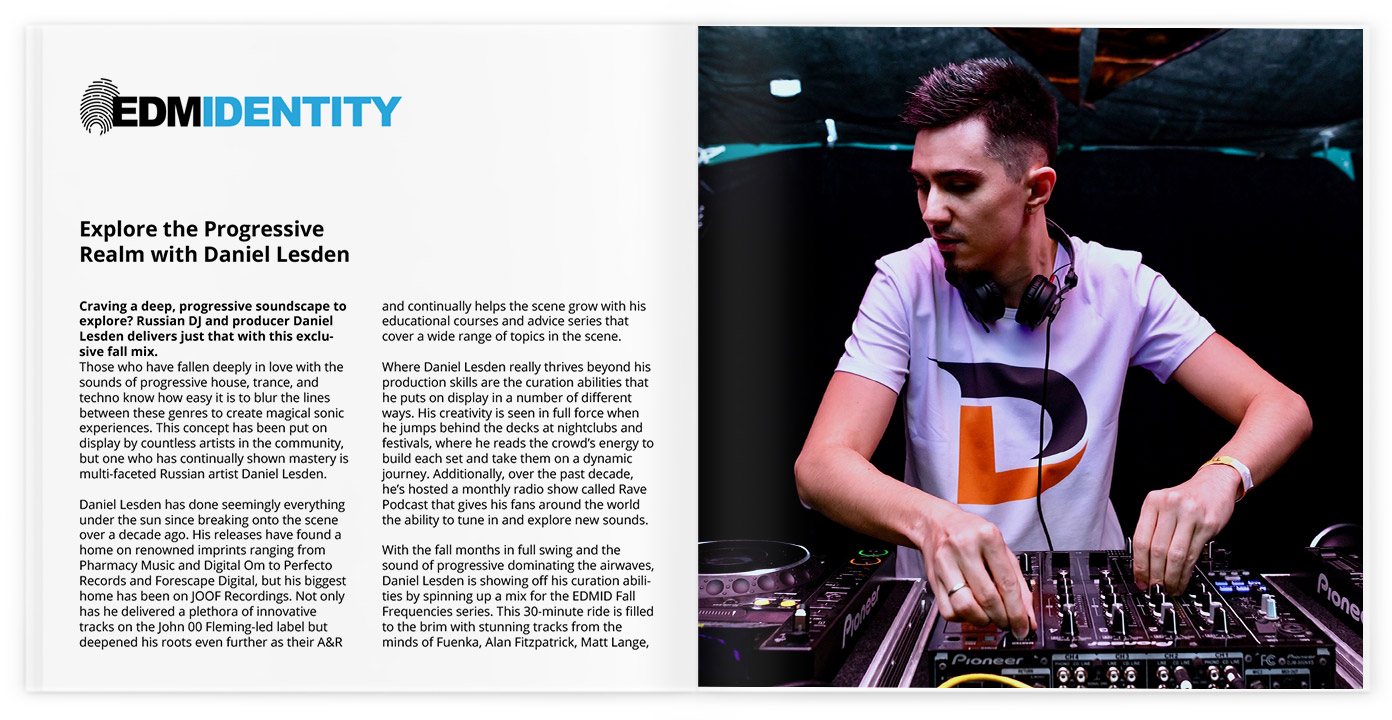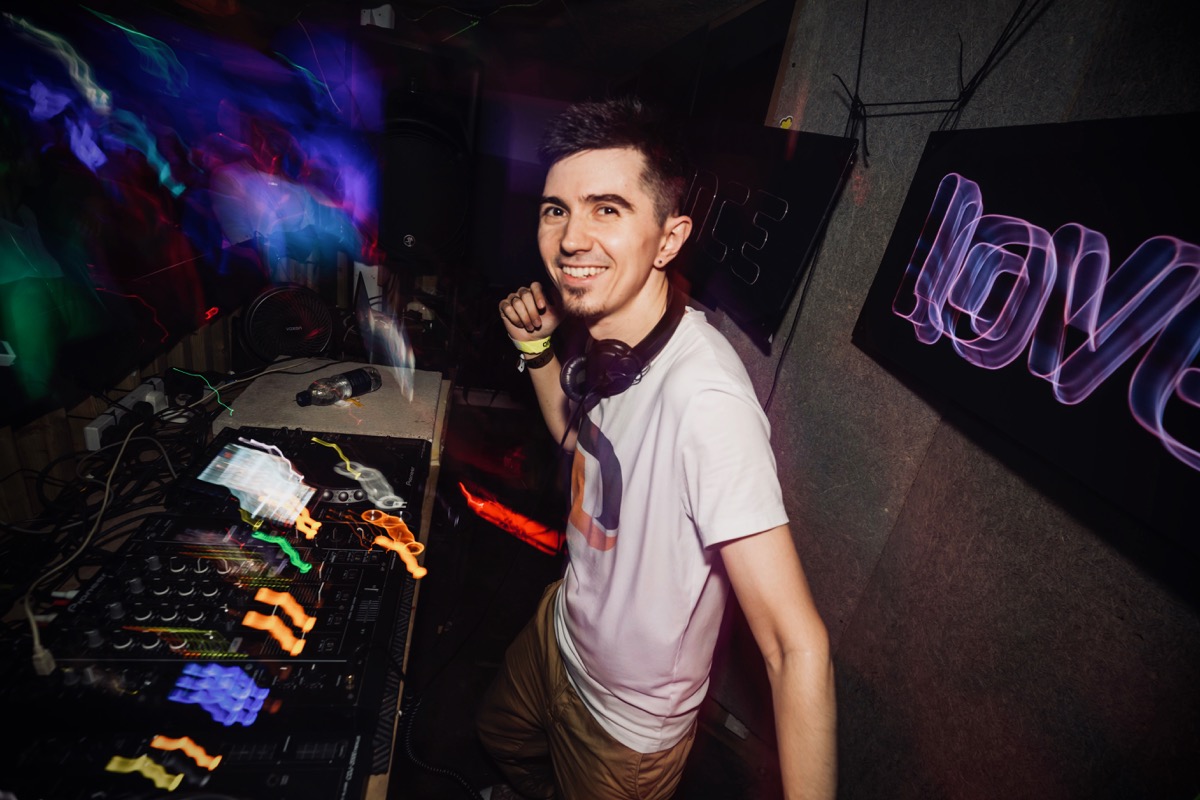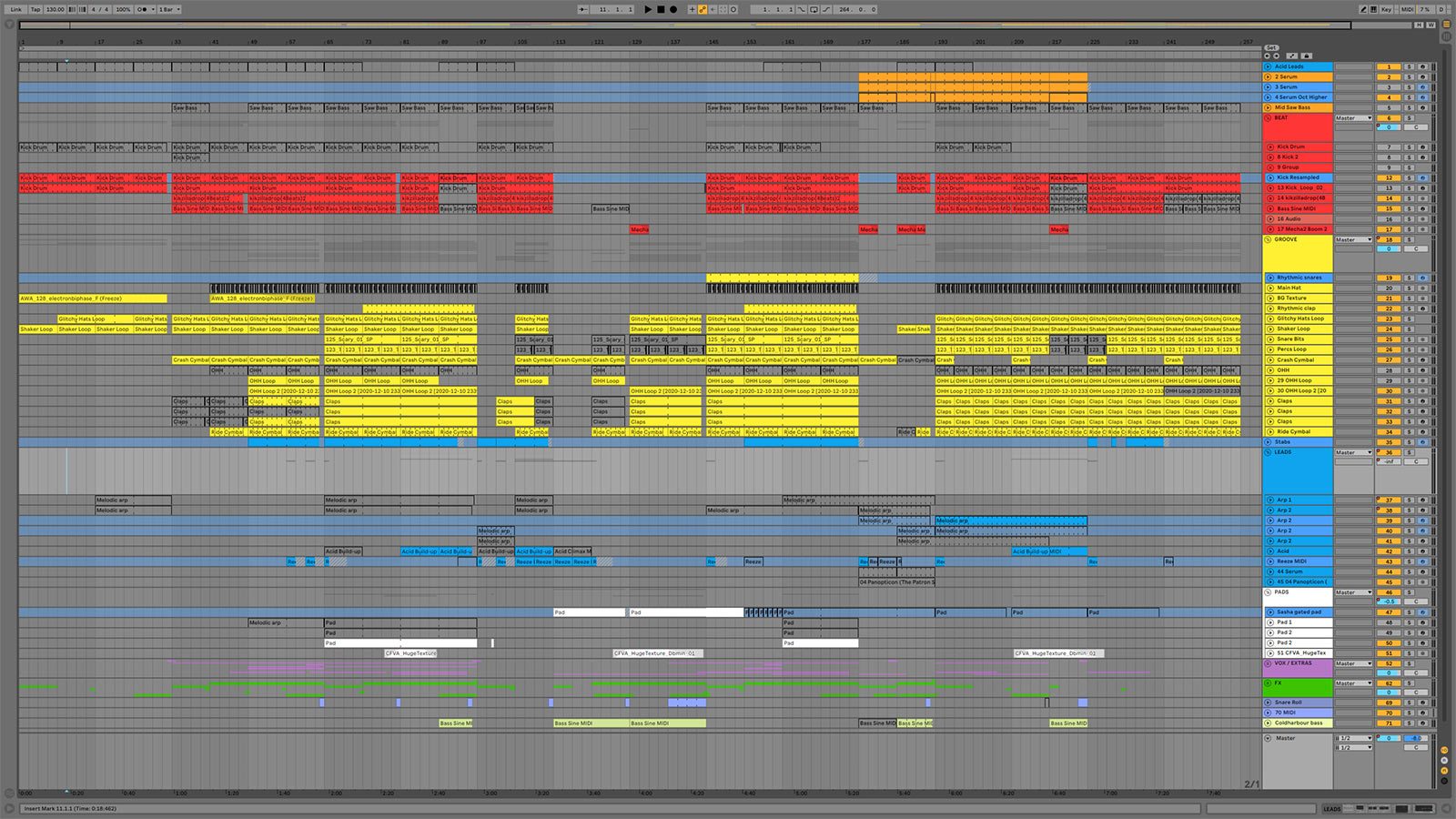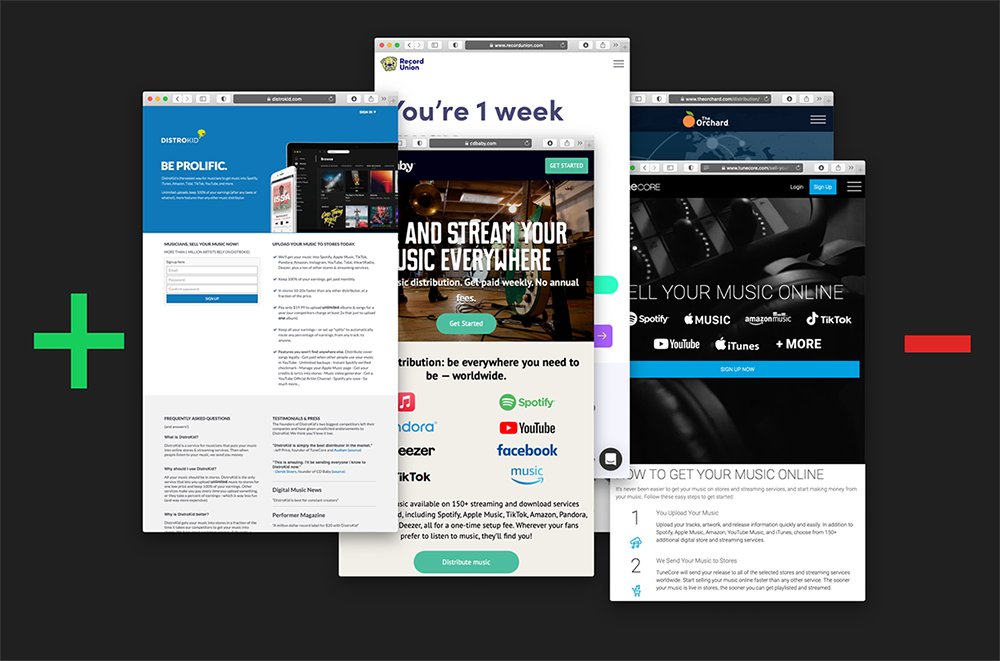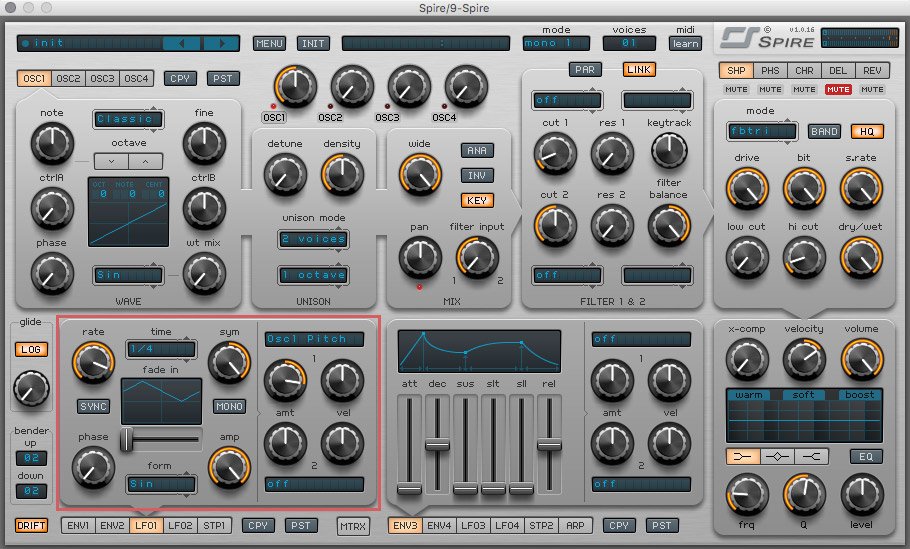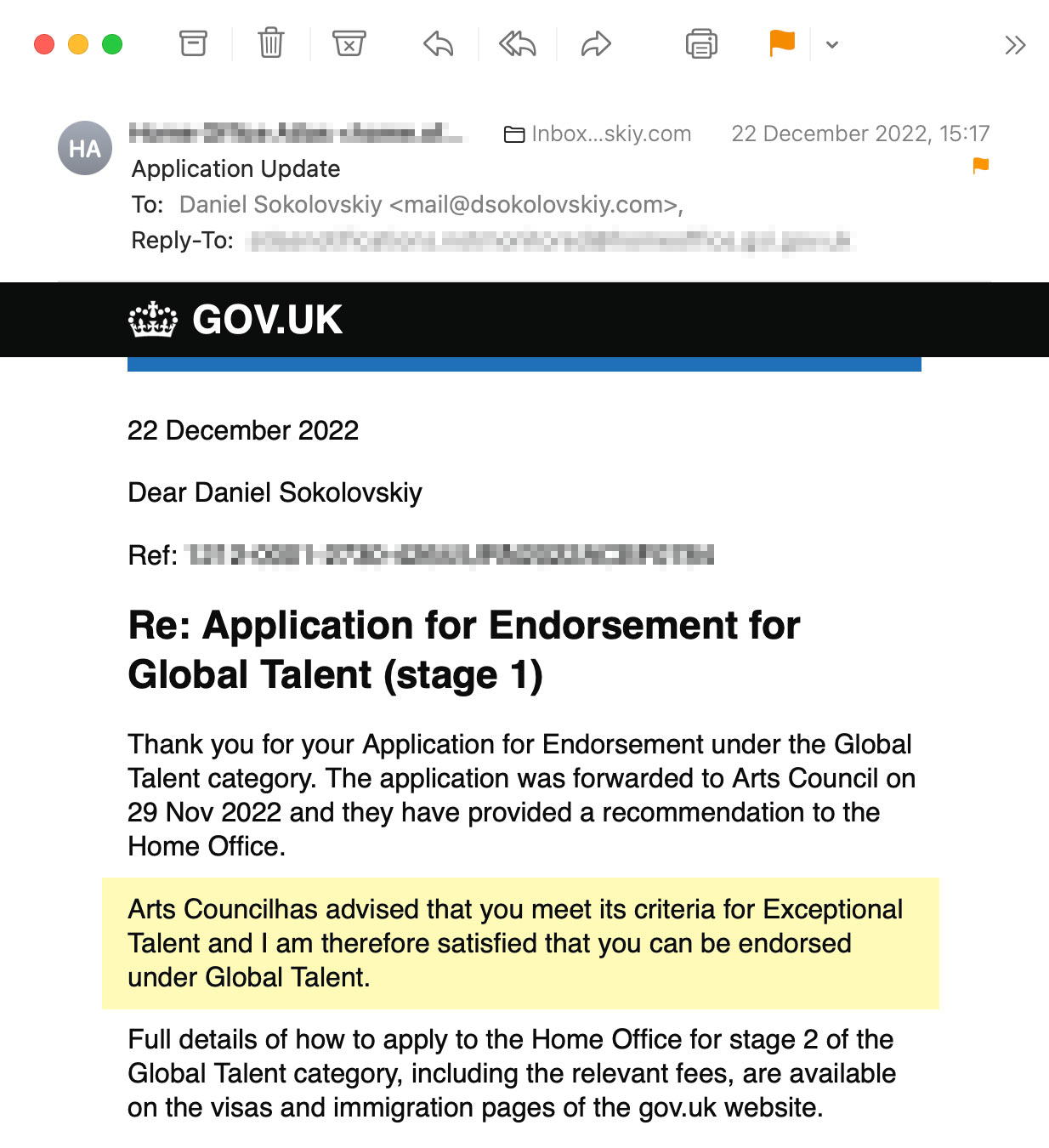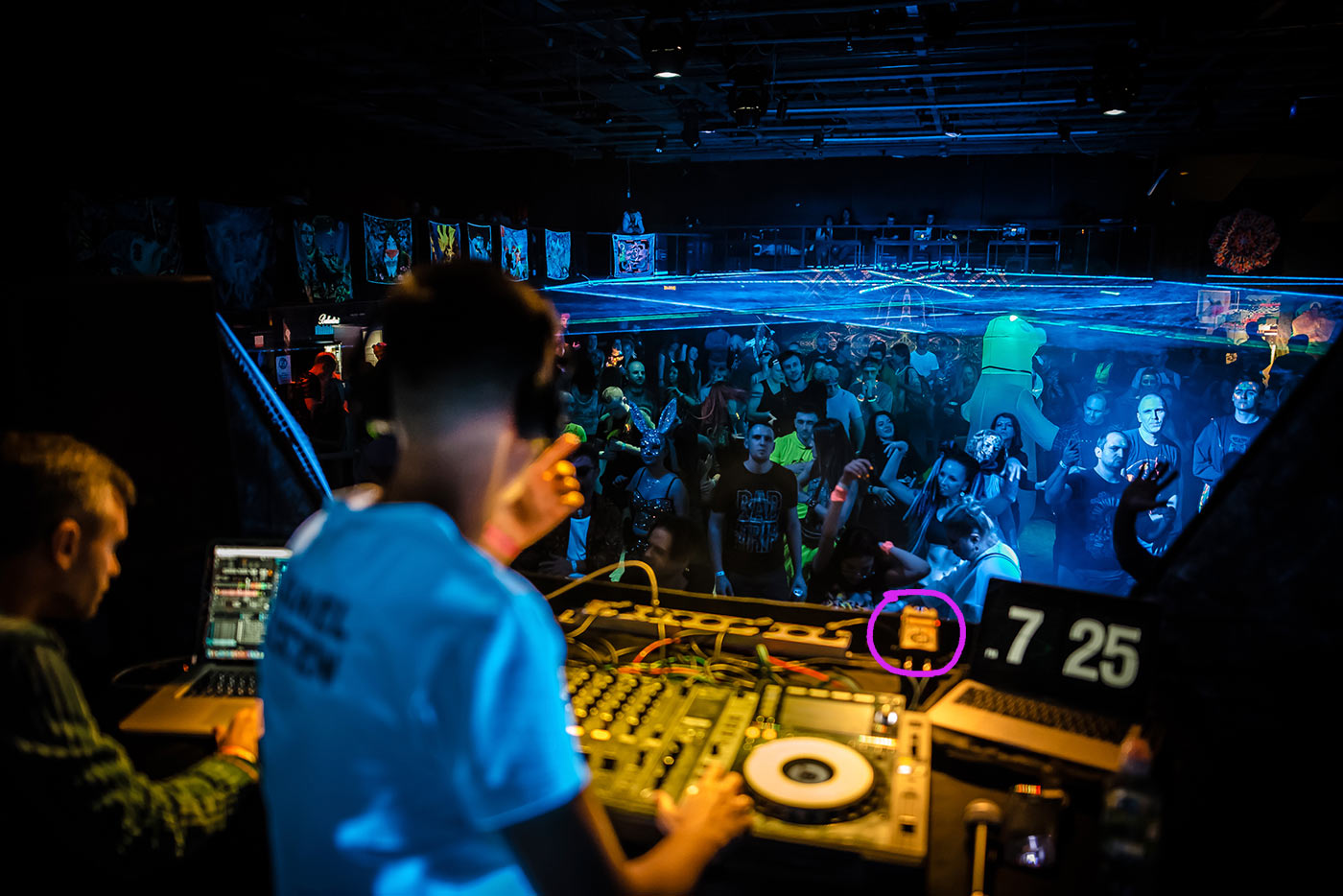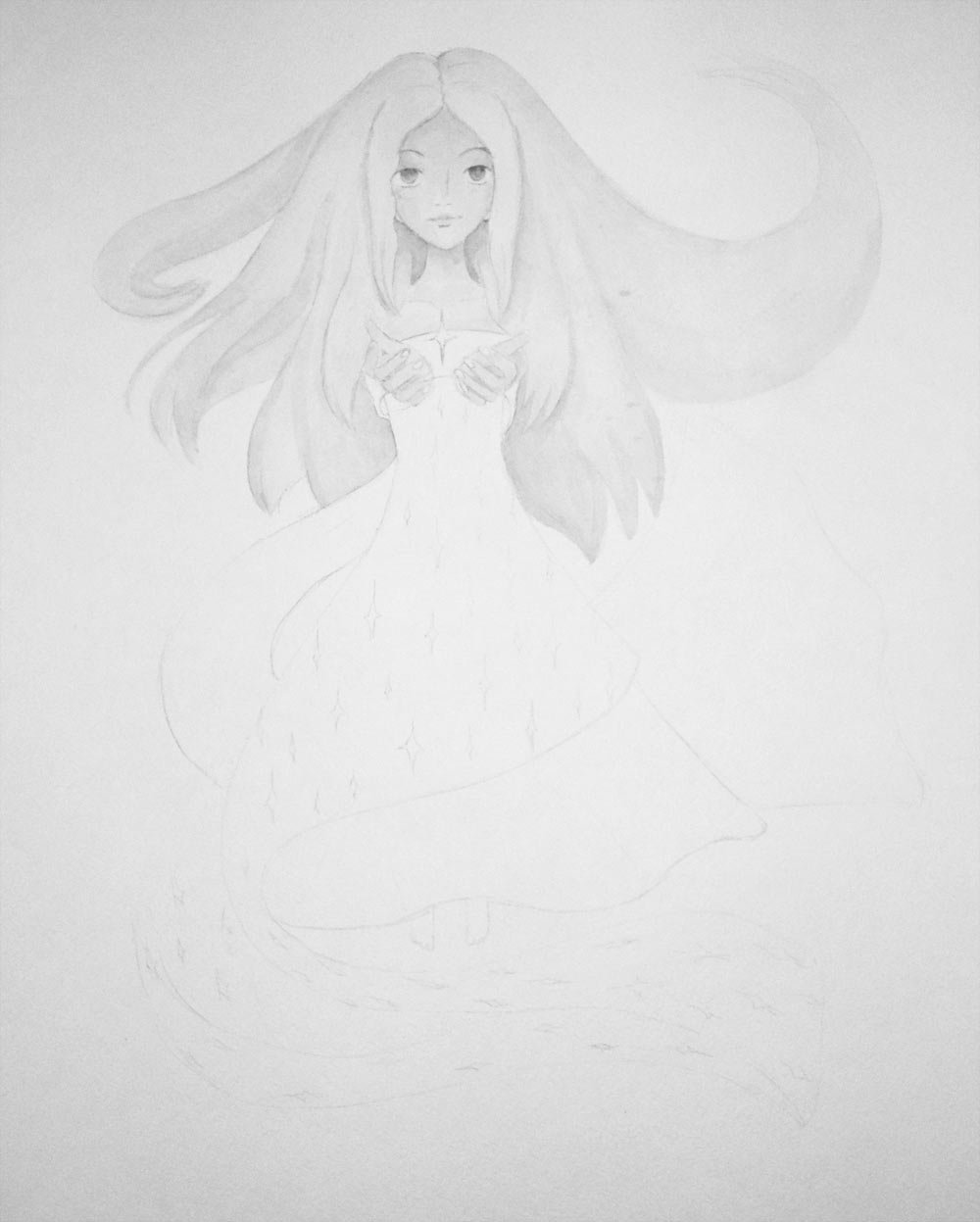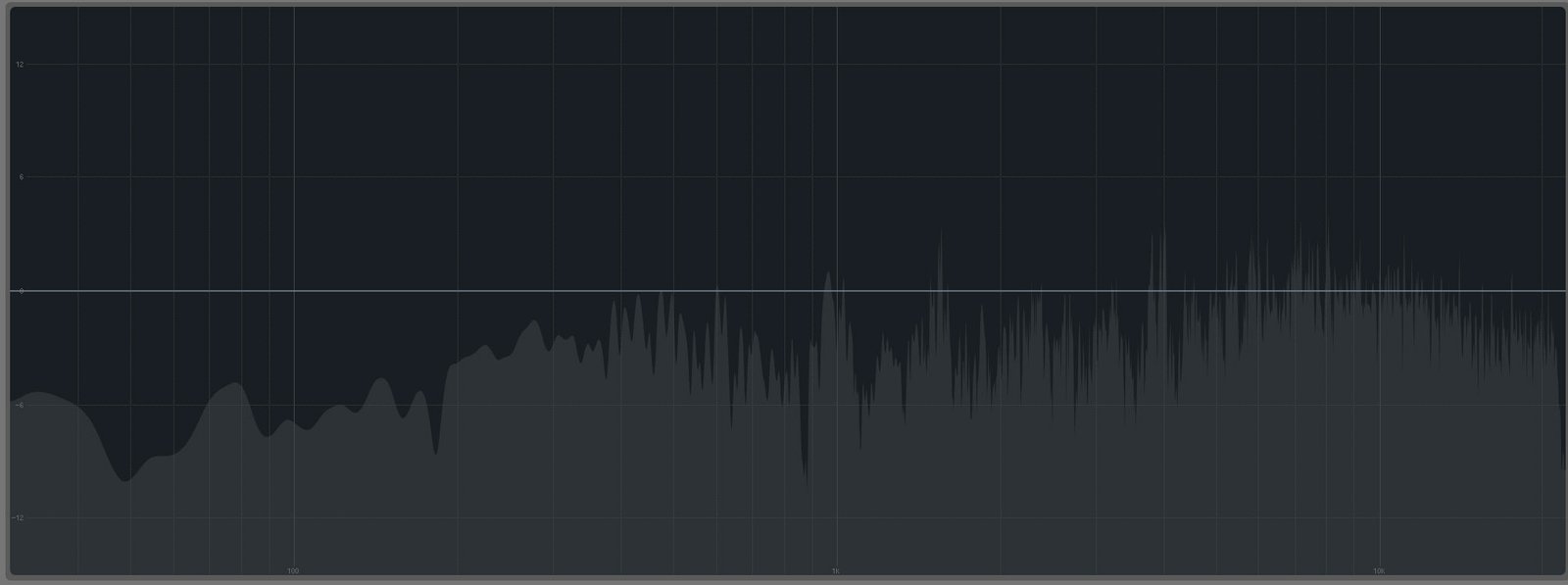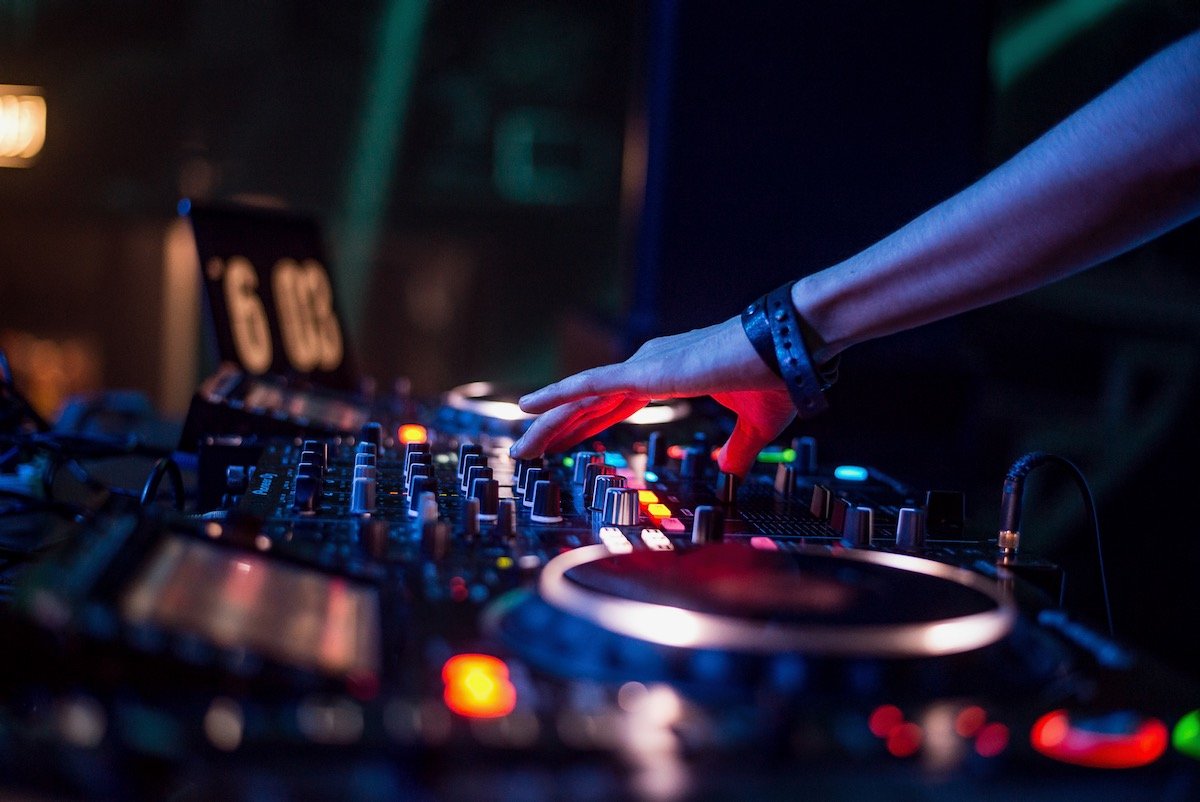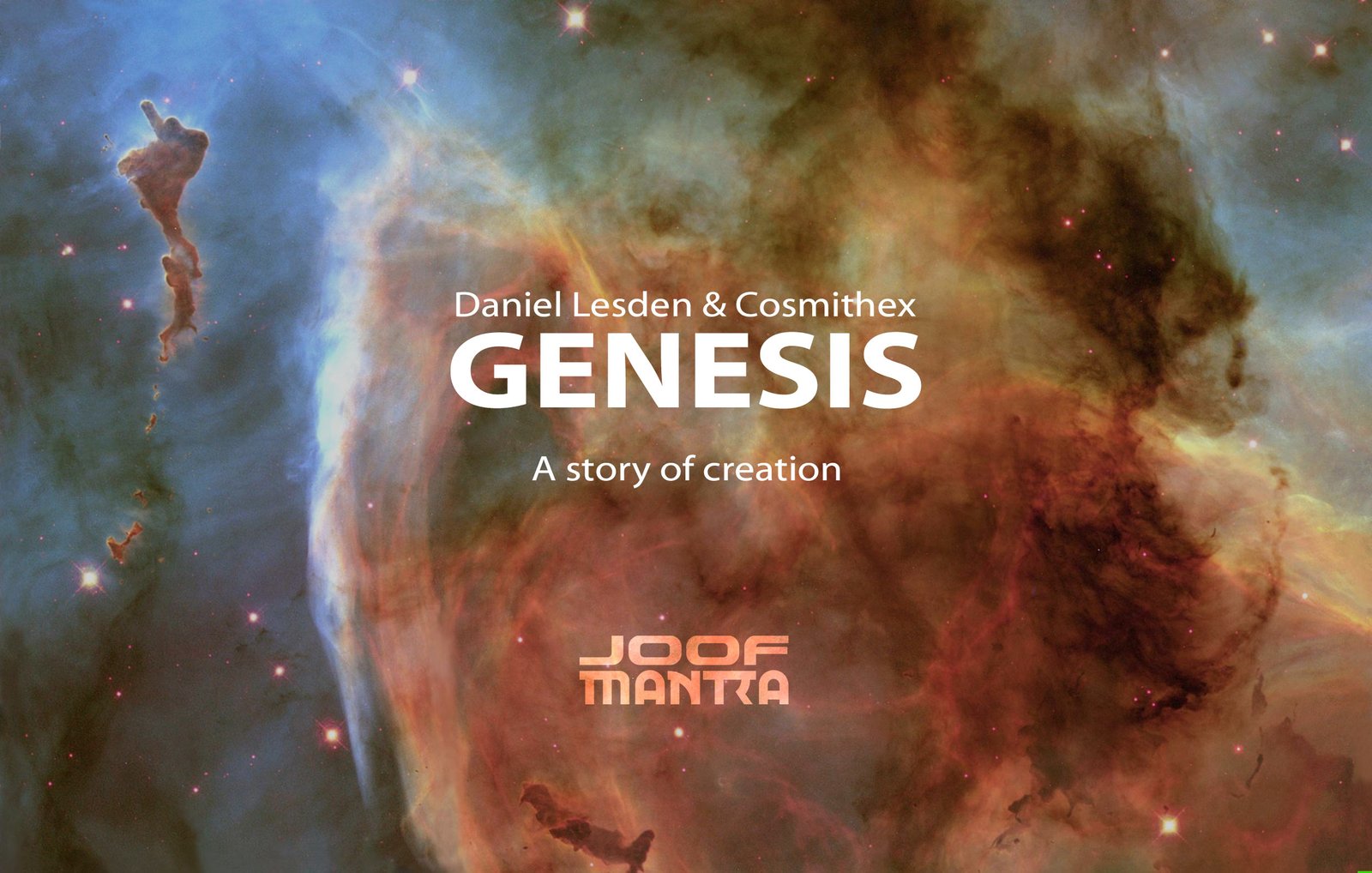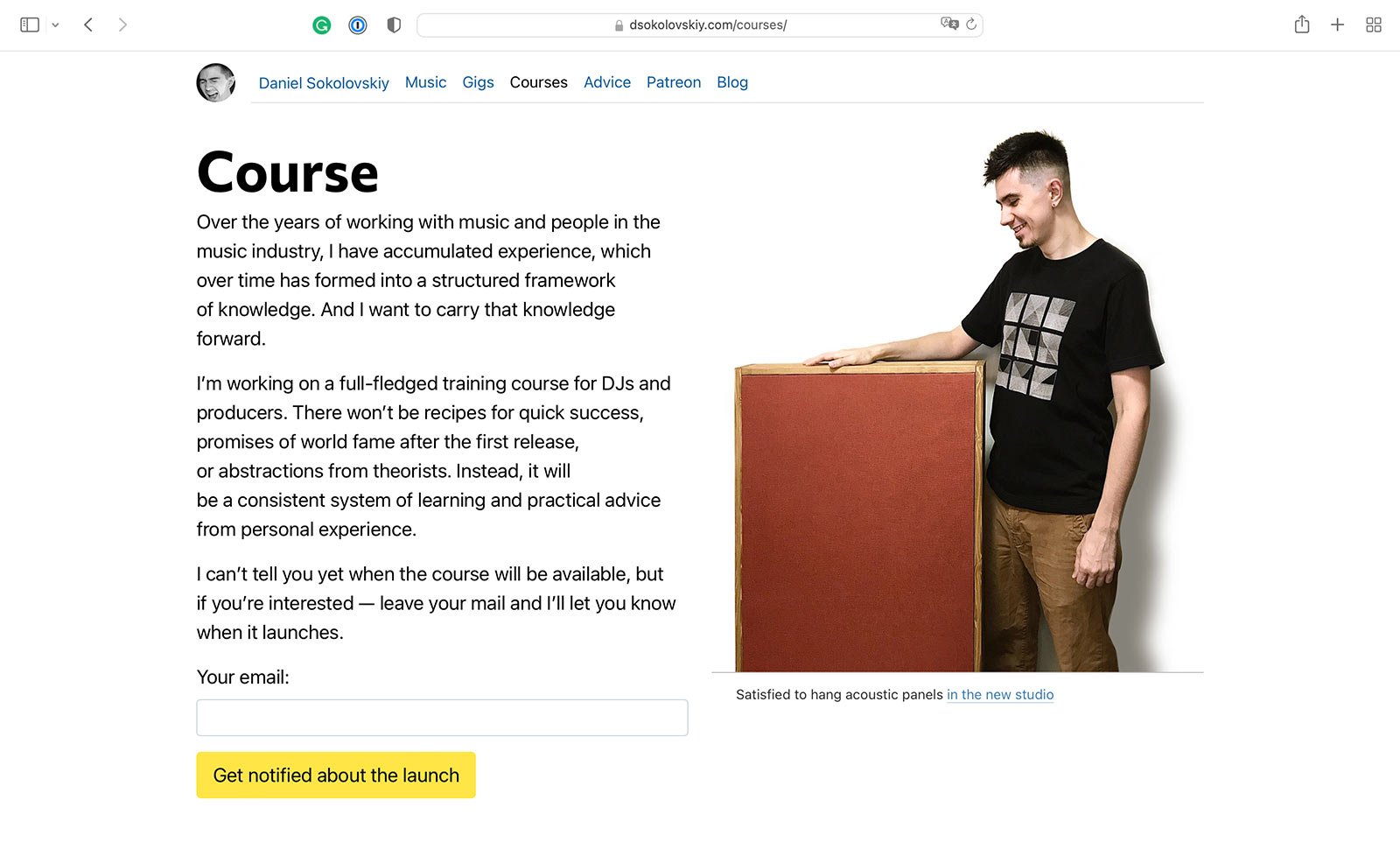When to lower or raise energy level of a DJ set
Please explain the theory about energy levels. Why lower it, and when? And when to raise it? How do you know it doesn’t work because it’s boring and needs to be more exciting or because everyone is tired and needs to be calm?
Ilya Birman
I’ll try to make it even harder. How do you know the right energy mix when you can’t see the dance floor? The audience changes in the visibility area with some delay about the playing tracks.
Roman Mantcev
Ilya, to answer these questions, first of all, you need to understand the types of events and tasks of DJs clearly. You would also need to consider the specific behaviour of people depending on the musical genre, psychology, geography, location, age of the audience and a dozen other factors.
In addition, “reading the dance floor” is based mainly on hypotheses: if you do action “A”, then people are expected to respond with the consequence of “B”. With experience, you begin to notice such actions and effects, but even with all the arsenal of skills and tools, it’s still educated guesses.
So I will tell you only a few typical scenarios in clubs and general principles of energy control in them.
Teasing
Let’s say a DJ opens the event. Let’s say it’s a proper DJ who knows that it’s better to play something deep relative to the peak time of the event in his opening set.
A frequent mistake of a beginner in this scenario: the whole set playing at the same energy level. That is generally okay, but such DJ sets can seem boring, and people will remain standing along the walls, as in a school disco.
I prefer when a DJ can raise and then return energy in time. That’s what I call “teasing.” This way, a warming-up DJ says, “Guys, it’s coming!” but not going further, just giving a hint.
A warming-up DJ kind of says, “Guys, it’s coming!” but not going further, just giving a hint
I would advise you to mix the current energy level with the higher energy level at about 5:1, i.e. to put one more intensive track every five regular ones. Of course, this is not the “golden rule”; these numbers are here to illustrate the idea.
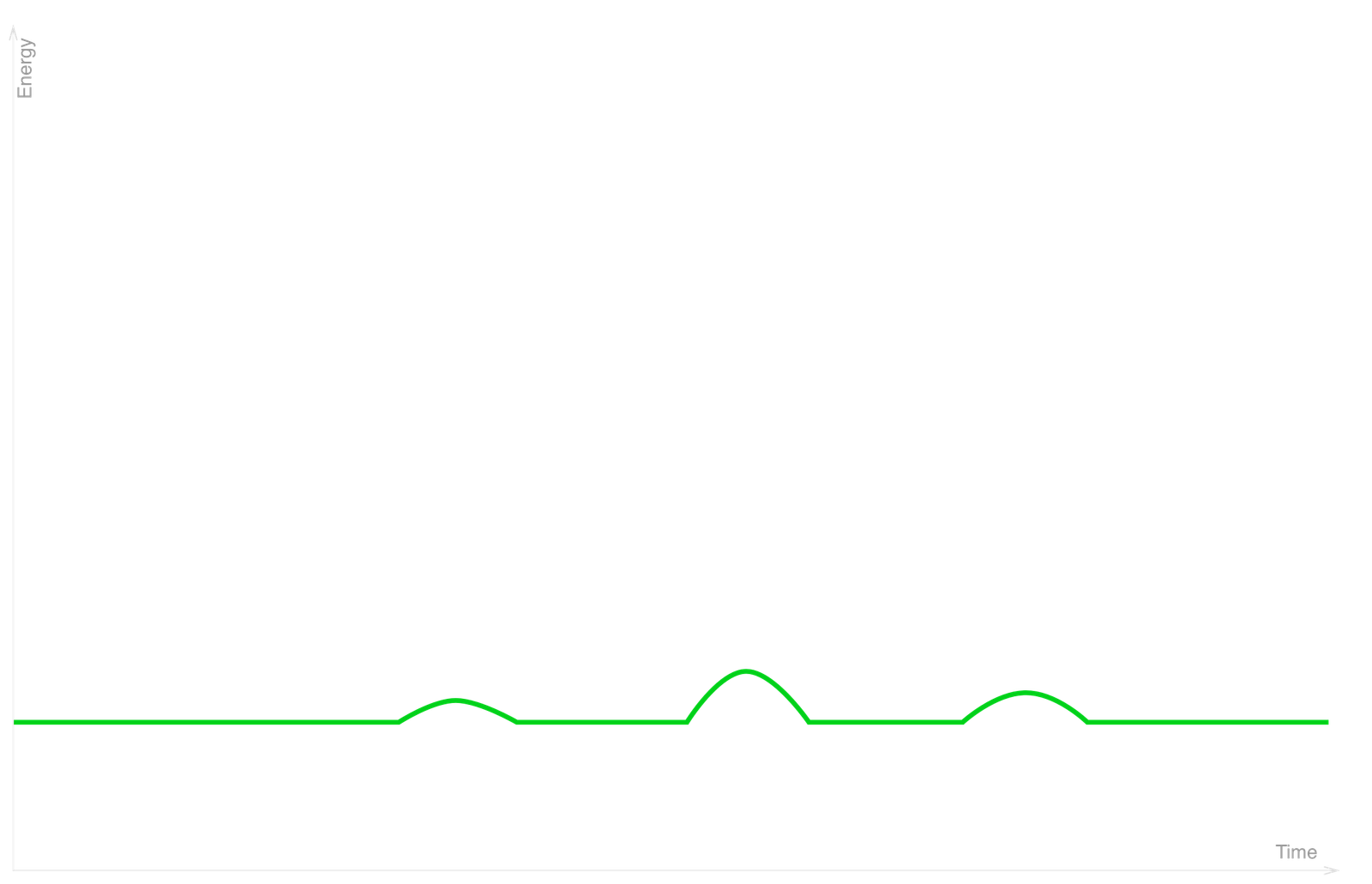
Now, on how to understand at what point to increase energy. An indirect sign of this is when people moved from nodding their heads at the bar to a shy stomping leg on the dance floor. And also when the girls came out on the dance floor. I will probably be accused of sexism, but it is true: a group of even a few dancing girls is likelier to involve the guys standing aside than the opposite!
Contrast
Now let’s assume the DJ is playing in the middle of the night. If you’re a headliner and you know that most people are here to hear you, it’s very tempting to “go full blast” or to play the whole set as intensely as possible. And some people build up their energy throughout the DJs set, so it goes something like this:
That in itself is not a bad thing. It may be appropriate in some music genres with a particular audience; if the artist’s name is big enough, people likely will listen to the end. But in my experience, you shouldn’t.
Such a set can seem too intense and, consequently, too monotonous. It’s like a manic car chase scene in a blockbuster movie. It’s usually nice because of its intensity, but imagine that intensity during the whole duration of a film; you’ll probably get bored in half an hour.
I advise you to build up your sets in the middle of the night not linearly, but in a kind of sinusoid, like a “serpentine” way:
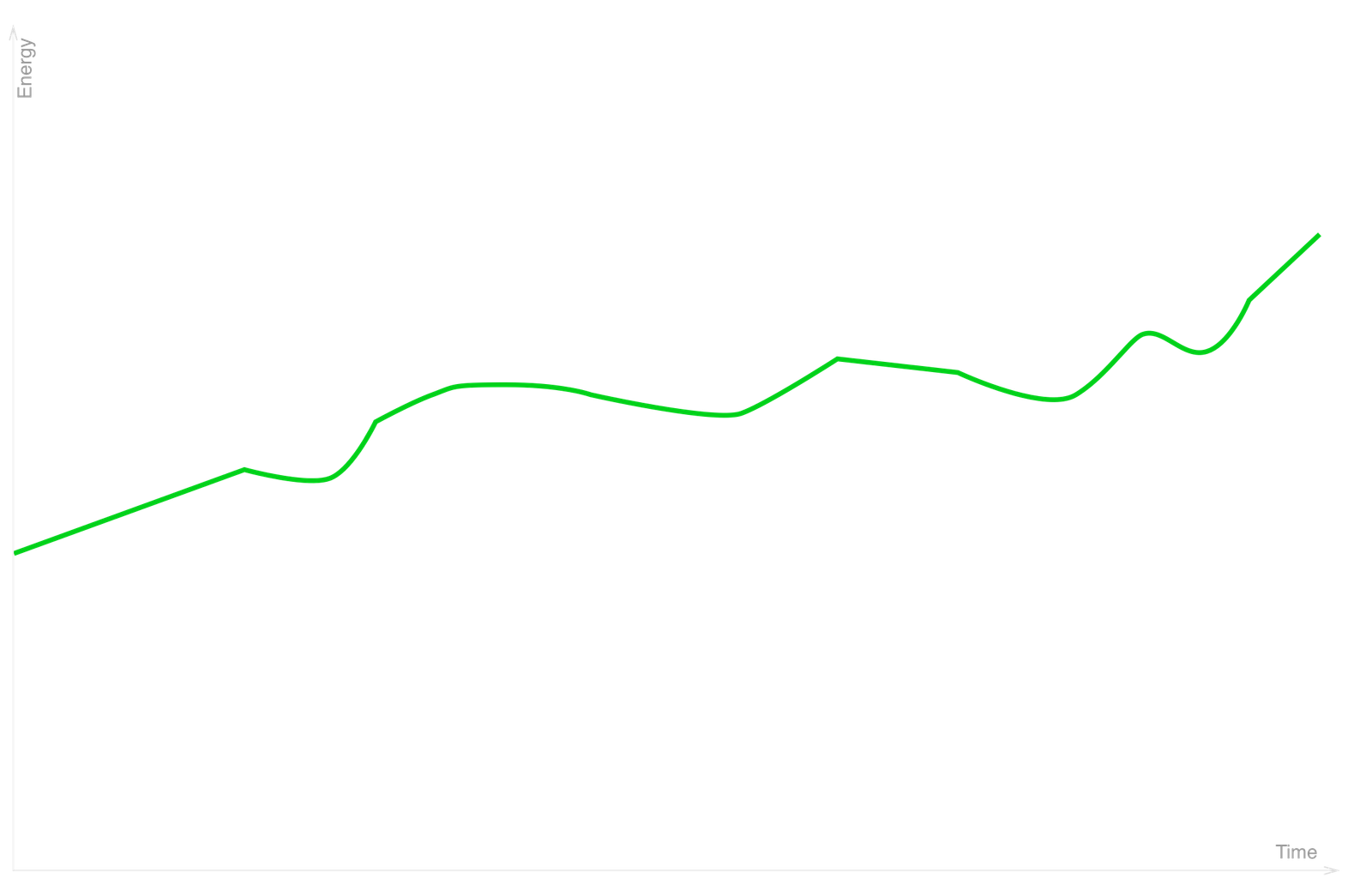
How to understand at what moment to lower the energy: if you play the most potent hit tracks, and the people react weakly or move to the bar at all.
The contrast is the key here. The differences in energy levels create contrast, an incredible tool for holding the listener’s attention. You can create contrast not only by energy differences but also by alternating mood and structure) of the tracks.
Energy changes create contrast, and it’s an incredible tool for holding the listener’s attention
According to my observations, phrases like “that DJ held the dance floor for two hours!” usually refer to this kind of DJ set.
The calm before the storm
Usually, during a DJ set, I plan several tracks ahead of time. I also try to think in bundles rather than individual tracks and think like this:
“Okay, it would be cool to play this track in about ten minutes and then go from there to that track. That’s a powerful track, and it’s playing pretty intensely now too. If I play that track now, it won’t have the desired effect. So I’m going to give the floor a little break, and then I’m going to play this one.
For example, listen to my set with JOOF Showcase. You can hear it there when I put the more relaxed tracks before the series of more powerful ones:
Roman, now to answer your question: you don’t have to see the whole dance floor to direct its energy. Usually, I keep my eyes on small groups of people throughout the night. Depending on the size of the venue, the light intensity and the number of people, I try to keep five or ten groups in my head – usually enough to understand what’s happening on the dance floor.
For example, some trio actively danced in front of the stage for the first half hour and then moved to the bar. “Did they go for water, or did that track not work for them? Where did that guy with the glasses go?” – These are all small but significant signs I try to pay attention to.
That said, you’re right to point out that the audience in the DJ’s line of sight changes periodically. I call it rotation.
Rotation is when some people leave the dancefloor (to the bar, toilet, or another part of the club), and others come in their place. A slight rotation is a good sign because more people are actively involved in this way. It’s much worse when some group is standing at the bar and stays there – probably, the DJ still needs to get their attention. So when I’m in the DJ booth, I look at the people standing behind or on the sides of the dancefloor as well.
Perhaps there are extreme cases when the DJ can not see people at all, but in my practice, this has yet to happen, so I can not comment on this situation.
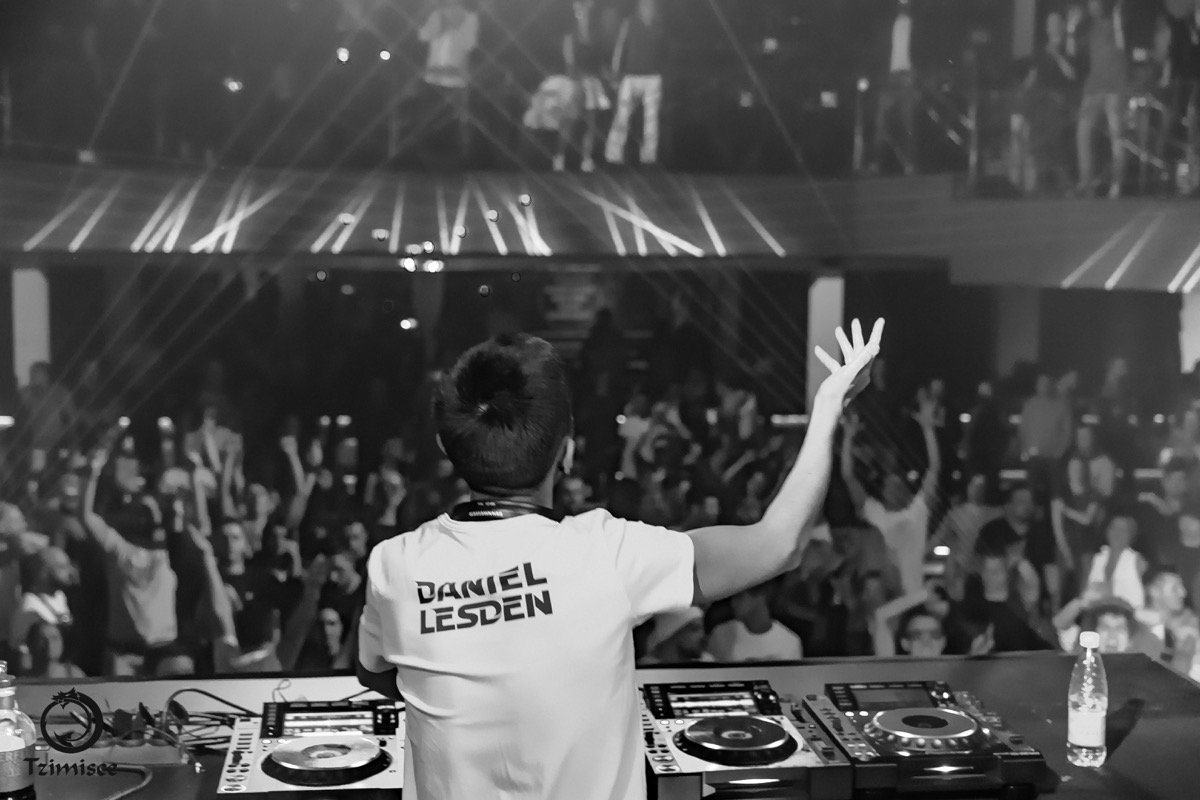
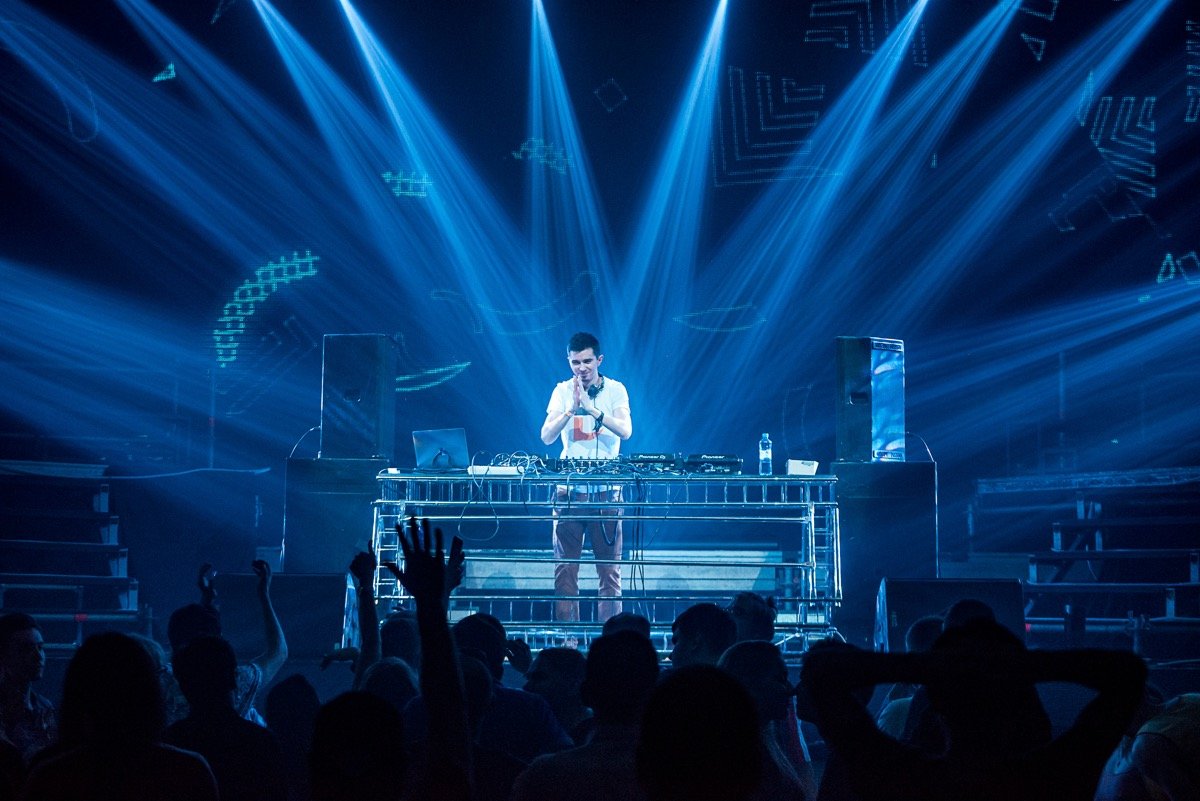
Finally, I would say that “reading the dance floor” – the ability to put the right track at the right time – is the most challenging part of the DJ craft.
Bonus video
In 2018, John Fleming gave a fantastic video interview to the Digital DJ Tips channel, in which he talked about how he prepares for his sets open-to-close. It’s a great video with lots of insights – watch the whole thing:
